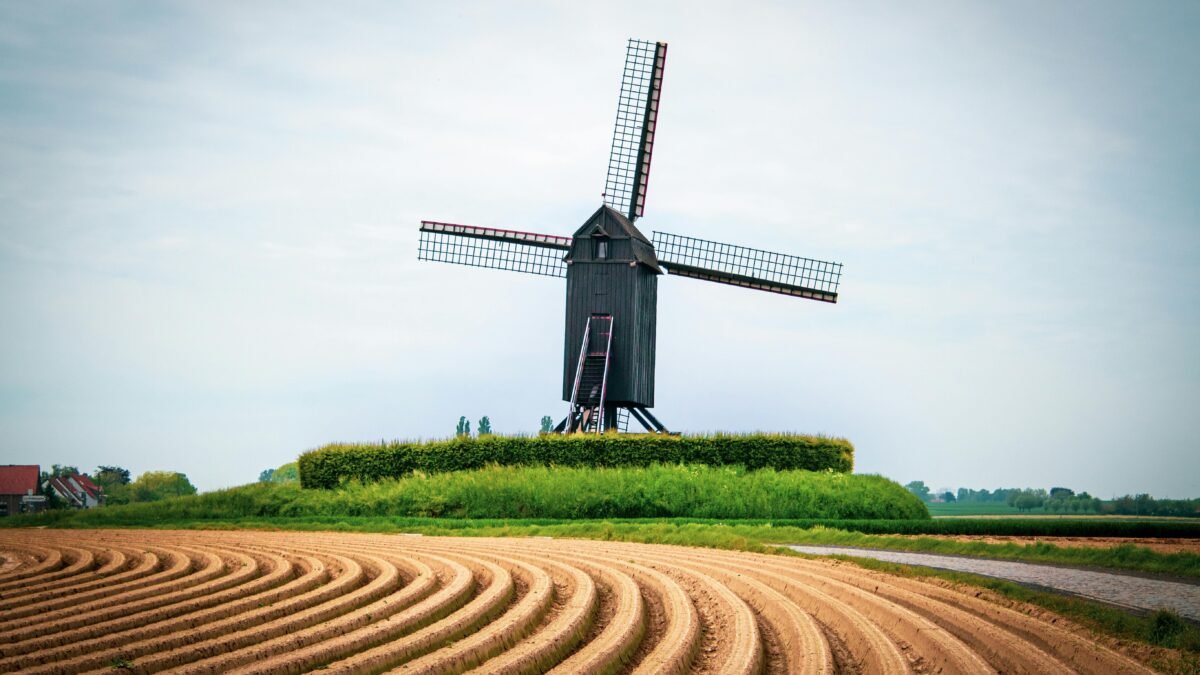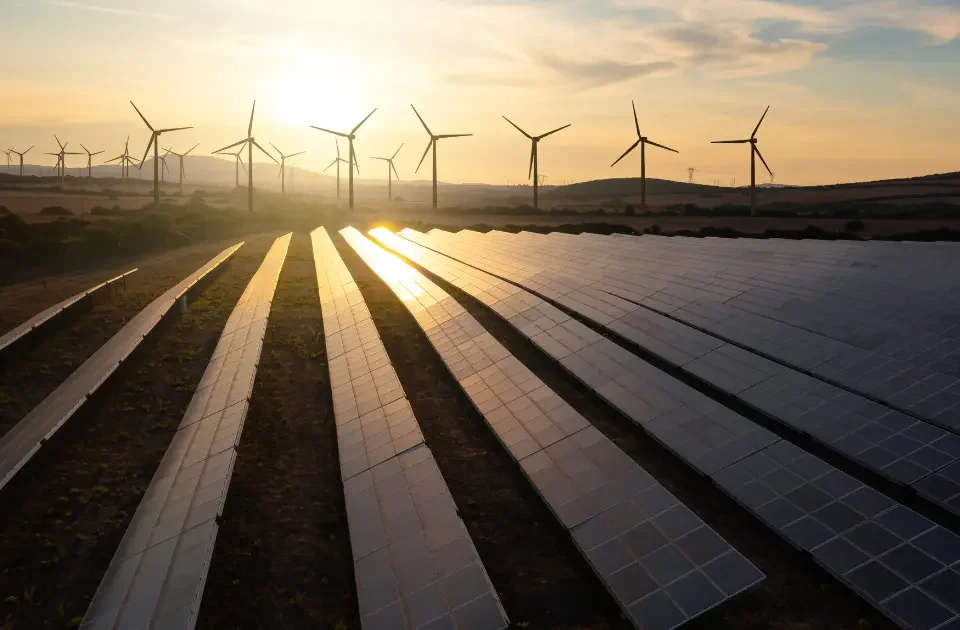Wind energy has become an essential component of the global renewable energy mix, contributing significantly to the reduction of greenhouse gas emissions and the transition to a more sustainable energy future. However, the development of wind farms, particularly utility-scale projects, often raises concerns related to land use and visual impact. Addressing these issues is crucial for gaining public acceptance and ensuring the successful deployment of wind energy projects. This blog explores the challenges associated with land use and visual impact in wind farm development and the strategies employed to address them.
Land Use Challenges
Land Availability and Competition One of the primary challenges in wind farm development is the availability of suitable land. Wind farms require large areas of land to accommodate turbines, access roads, and other infrastructure. In densely populated regions, finding enough land for these projects can be difficult, leading to competition with agricultural, residential, and other land uses.
Impact on Agriculture and Wildlife The development of wind farms can impact agricultural activities and wildlife habitats. Farmers may be concerned about the loss of productive land, while environmentalists may worry about the disruption of ecosystems and the displacement of wildlife. These concerns must be carefully considered and addressed to minimize negative impacts.
Visual Impact Challenges
Aesthetic Concerns The visual impact of wind turbines is a common concern among local communities. The presence of large, rotating structures can alter the landscape and be perceived as visually intrusive. This can lead to opposition from residents who value the natural beauty of their surroundings.
Shadow Flicker and Noise Shadow flicker, caused by the rotating blades of wind turbines casting intermittent shadows on nearby areas, and noise from turbine operation are additional concerns. These factors can affect the quality of life for residents living near wind farms, leading to resistance against their development.
Strategies to Address Land Use and Visual Impact
Site Selection and Planning Careful site selection is critical for minimizing the impact of wind farms on land use and visual aesthetics. Developers conduct thorough assessments to identify suitable locations with strong wind resources, minimal environmental impact, and sufficient distance from residential areas. By choosing appropriate sites, developers can reduce conflicts with other land uses and minimize visual intrusion.
Community Engagement Engaging local communities in the planning and development process is essential for addressing concerns related to land use and visual impact. Transparent communication about the benefits and potential impacts of wind projects helps build trust and gain public support. Involving community members in decision-making and providing opportunities for feedback can lead to more informed and acceptable project outcomes.
Design and Layout Optimization Optimizing the design and layout of wind farms can help mitigate visual and land use impacts. Developers can use computer simulations and visualizations to assess the visual impact of different turbine configurations and make adjustments to reduce aesthetic concerns. Additionally, strategic placement of turbines and infrastructure can minimize disruption to agricultural activities and wildlife habitats.
Environmental Impact Assessments Conducting comprehensive environmental impact assessments (EIAs) is crucial for identifying and mitigating potential impacts on wildlife and ecosystems. EIAs help developers understand the ecological sensitivity of the proposed site and implement measures to protect endangered species and habitats. These assessments also inform decisions on turbine placement and operational practices to minimize environmental harm.
Economic and Community Benefits Demonstrating the economic and community benefits of wind farms can help address opposition related to land use and visual impact. Wind projects can create jobs, stimulate local economies, and generate revenue for landowners through lease agreements. Providing tangible benefits to the community can foster positive perceptions and increase acceptance of wind energy projects.
Technological Innovations Technological advancements are also playing a role in reducing the visual and land use impact of wind farms. Innovations such as taller turbines with longer blades can capture more wind energy with fewer installations, reducing the overall land footprint. Additionally, the development of offshore wind farms offers an alternative that minimizes land use conflicts and visual impact onshore.
Conclusion
Addressing land use and visual impact challenges is crucial for the successful development of wind farms. By carefully selecting sites, engaging communities, optimizing design and layout, conducting environmental assessments, and demonstrating economic benefits, developers can mitigate these concerns and gain public support. As technological innovations continue to advance, wind energy will play an increasingly important role in the global transition to renewable energy, contributing to a sustainable and resilient energy future.




